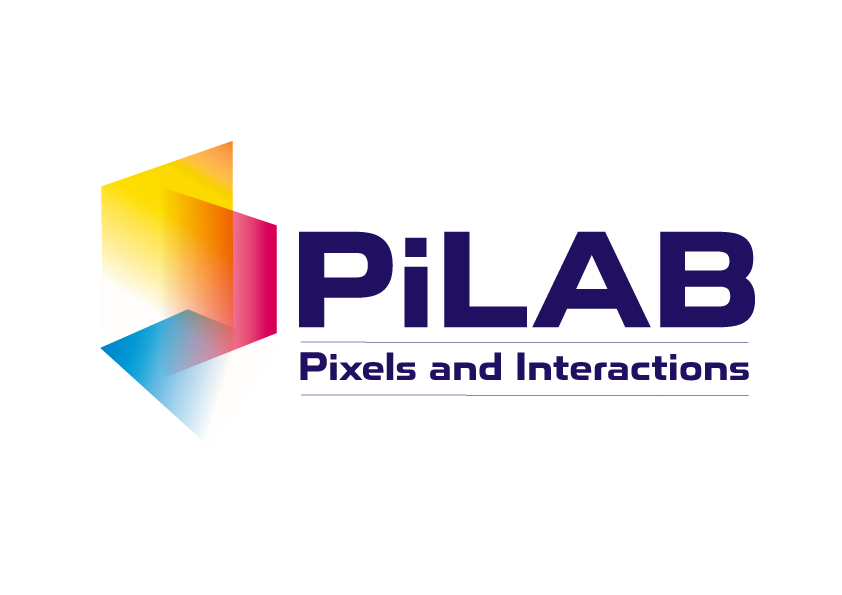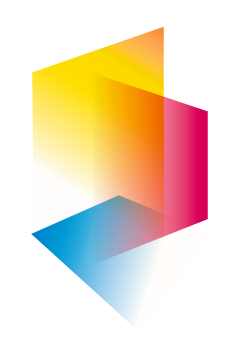Signal & Pixels
A new JPEG lightweight compression standard for video transport and storage
April 18, 2018 - Signal & Pixels
The Joint Photographic Experts Group (JPEG), an international committee developing image compression standards within ISO, has just unveiled JPEG XS. With this new format, the image-compression process uses less energy, and higher-quality images can be sent with low latency over broadband networks like 5G. JPEG XS will have applications in areas such as video transport over IP, virtual reality, augmented reality, space imagery, DSLR cameras, and self-driving cars. UCL-PiLAB has been deeply involved in this process, by providing the test framework and all objective quality assessment results having lead to the technology selection and improvement.
Video Bandwidth requirements are growing fast, as video resolutions, frame rates and numbers of streams to manage are constantly increasing. Capacity of video links and communication channels are growing too but slower and, more importantly, in a much less finer way: extending or replacing a complete infrastructure usually brings a big improvement in capacity but involves a huge investment that needs to be amortized on several years.
As a consequence, uncompressed storage and live video transmission becomes unaffordable and unmanageable within current systems and infrastructures, while next generation channels are still being tested and not yet available or affordable. Facing this reality, the use of a lightweight compression scheme is very attractive, to smooth the everlasting transition between successive generations of infrastructures and protocols.
In this context, the JPEG XS standardization project has been initiated to bring an interoperable, lightweight (compression ranging from 2:1 to 6:1), low complexity, low latency and visually lossless solution. Basically, everywhere uncompressed video is used today can be a potential use case for JPEG XS. However, it has been specifically designed to meet the requirements of live production, broadcast and digital cinema workflows, Pro-AV markets and Virtual Reality (VR) gaming.
Compared to other image compression standardization efforts, the trade-off between complexity and compression efficiency has driven all technological choices during the standard development. Hence, very efficient implementations can be made on all usual platforms such as CPU, GPU, ASIC, and FPGAs.
UCL-PiLAB and its spin-off intoPIX have been leading this standardization project since its beginning and the new International Standard is expected by the end of 2018. More information can be obtained from the JPEG XS website.






